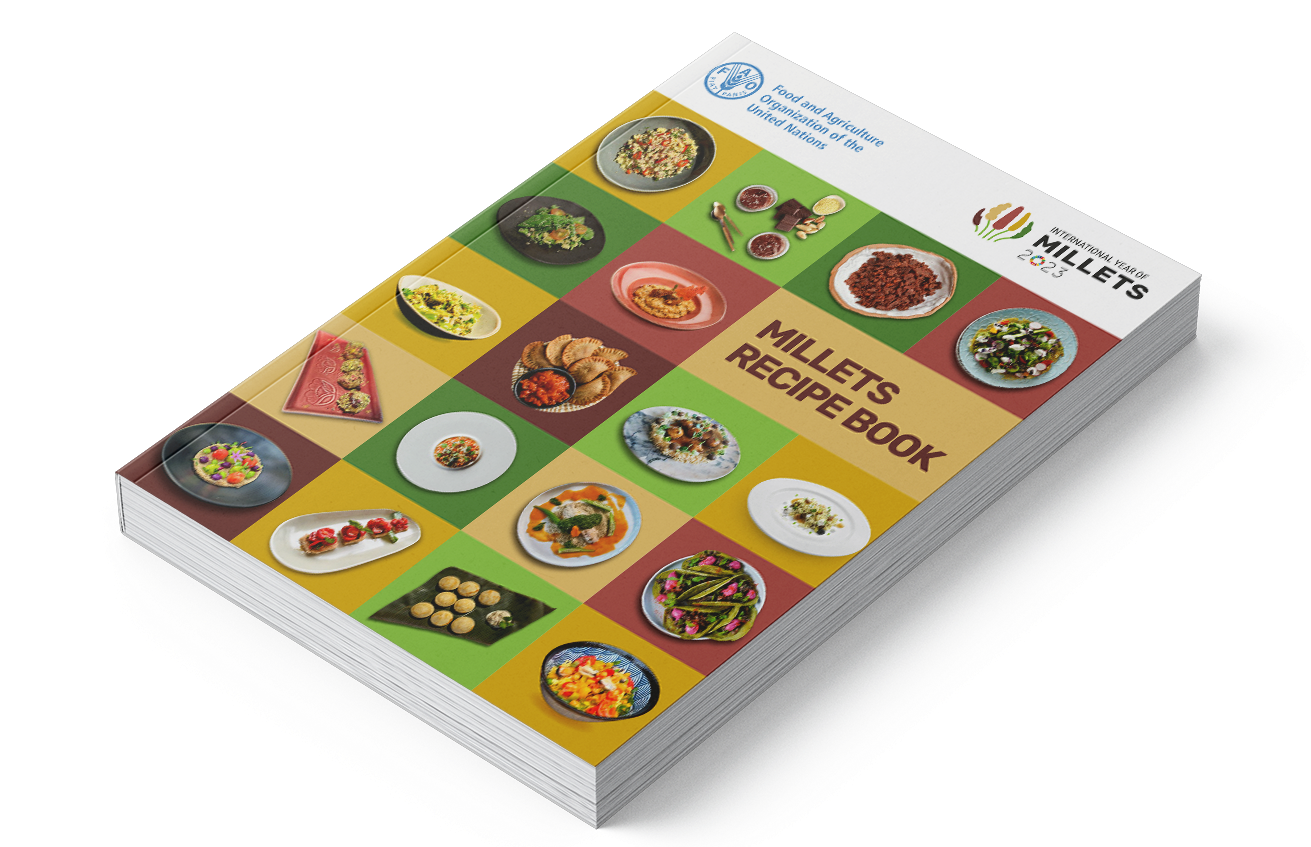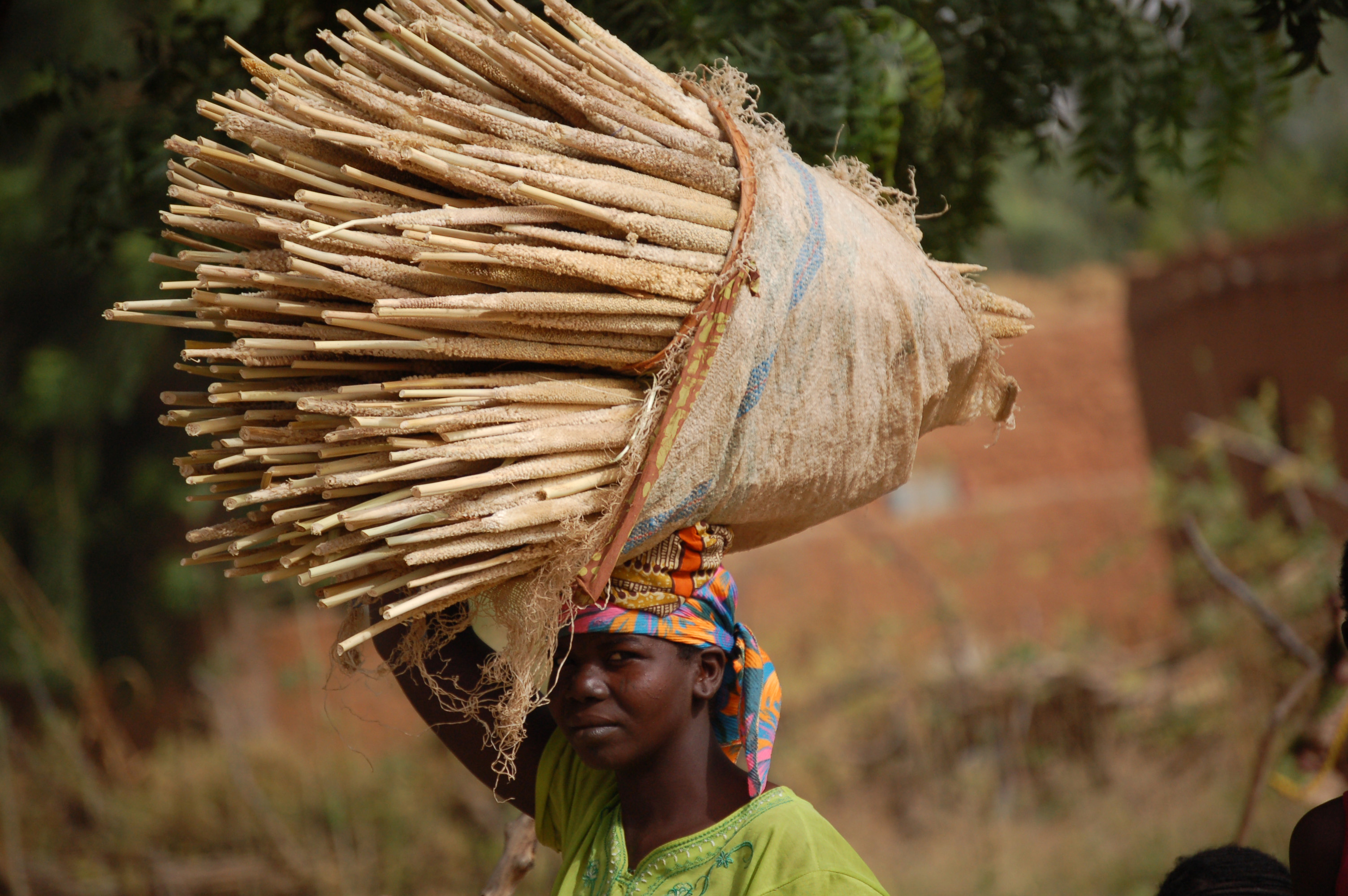This recipe book is a legacy of the IYM 2023 and aims to raise awareness of the diversity of millets and to promote their consumption by sharing enticing recipes embracing different regions, tastes, cuisines, cooking skills and the versatility of millets.

Dietary patterns hold profound implications for our health and well-being and that of our planet. In this context, the exploration of nutritious grains becomes not only a culinary adventure but also an act of conscious sustainability.
Celebrating the IYM 2023, FAO launched a Global Chefs Challenge on Instagram, calling for chefs and hobby cooks across the world to showcase traditional and innovative millet recipes, highlighting the incredible versatility of these ancient grains. A careful selection of the finest submissions has been featured in this recipe book, offering culinary inspiration from unique millet creations.
From mouth-watering main courses and delectable desserts to delightful snacks, each recipe has been carefully curated to showcase the unique flavours and textures of these ancient grains with tastes from around the world. Whether you are a seasoned chef or an enthusiastic novice, this book will inspire you to embrace the bounty of millets and expand your culinary repertoire.

Rinse: before cooking millets, rinse them thoroughly until the water runs clear to remove any impurities.
Soak: soaking millets, especially whole grains, for a few hours or overnight can help reduce cooking time and enhance their digestibility. Before cooking, drain the soaking water and rinse the millets again
Ratios: the cooking ratio for millets varies depending on the variety and desired texture. As a general guideline, use a 1:2 ratio of millets to water for a fluffy texture, and a 1:3 ratio for a softer consistency.
Stove: place the rinsed millets and water in a pot. Bring it to a boil over medium-high heat, then reduce the heat to low, cover the pan with a lid, and let it simmer. Cooking time ranges from 15 to 30 minutes, depending on the variety. Stir occasionally to prevent sticking.
Rice cooker: add the rinsed millets and water to the rice cooker pot and select the cooking setting for rice or grains.
Pressure cooker: for quicker results, add the rinsed millets and water to a pressure cooker.
Oven: after preheating the oven, combine the rinsed millets, water and any additional ingredients in a baking dish. Cover the dish with foil or a lid and bake until the millets are tender and the liquid is absorbed, typically around 30 to 40 minutes.
tbsp tablespoon
tsp teaspoon
l litre
g gram
ml millilitre
approx. approximately

Celebrating the IYM 2023, FAO launched a Global Chefs Challenge on Instagram, calling for chefs and hobby cooks across the world to showcase traditional and innovative millet recipes, highlighting the incredible versatility of these ancient grains. A careful selection of the finest submissions has been featured in this recipe book, offering culinary inspiration from unique millet creations. From starters to main courses and desserts, each recipe is a testament to the endless possibilities that millets can offer.